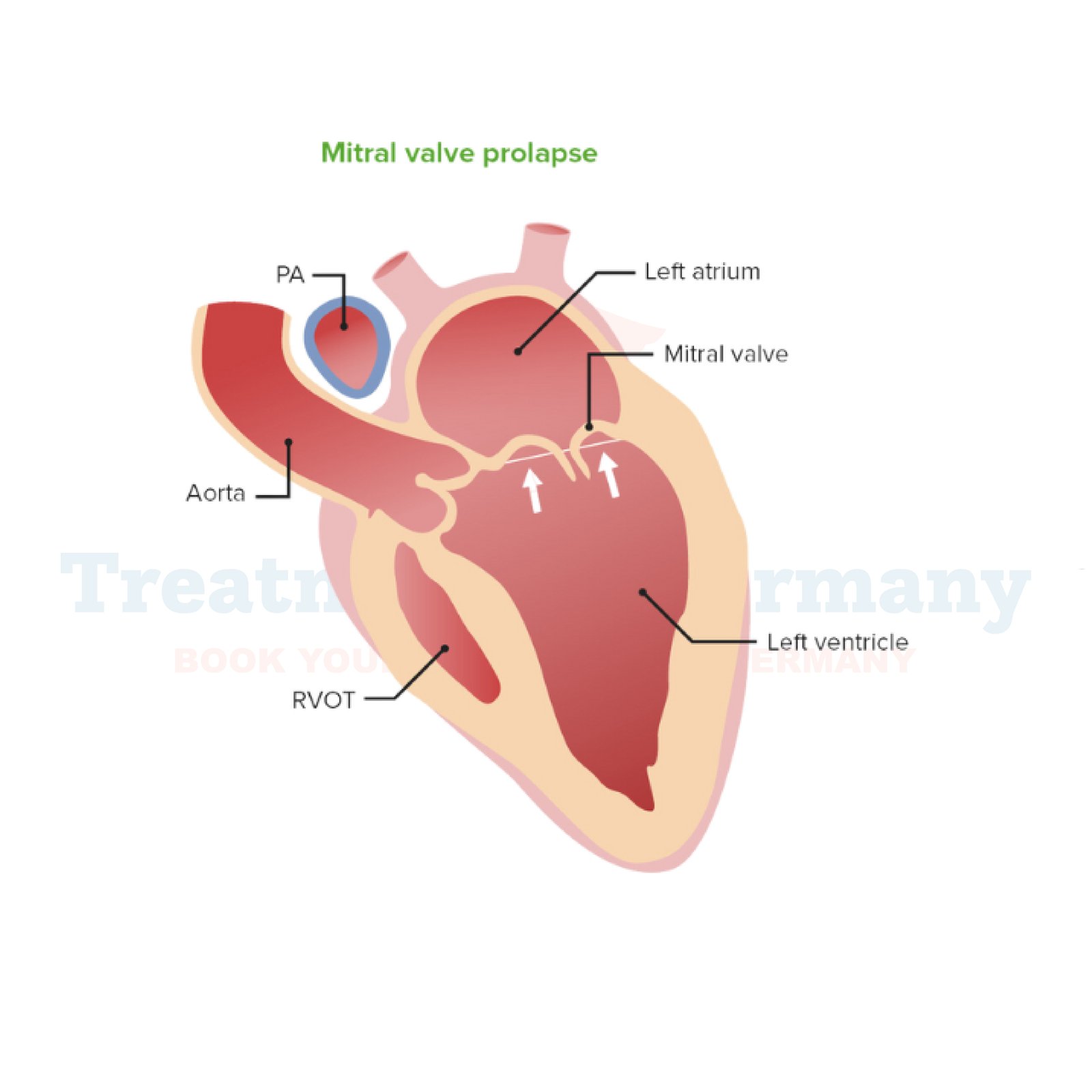Understanding Mitral Valve Prolapse (MVP)
Mitral Valve Prolapse (MVP) is a common heart condition where the valve between the left atrium and left ventricle doesn’t close properly.
This can lead to the valve bulging (prolapsing) upward or back into the atrium when the heart contracts. MVP often goes unnoticed and may not require treatment. However, in some cases, it can lead to complications that require medical attention.
Side Effects of Mitral Valve Prolapse (MVP)
Most people with Mitral Valve Prolapse do not experience any symptoms or complications. When symptoms do occur, they may include:
- Palpitations: Sensation of rapid, fluttering, or pounding heartbeat.
- Fatigue: Feeling unusually tired, especially after exertion.
- Dizziness or lightheadedness: Episodes of feeling faint or dizzy.
- Shortness of breath: Particularly during physical activity or when lying flat.
In severe cases or when complications arise, MVP can lead to:
- Mitral valve regurgitation: Blood leaking backward through the valve.
- Infective endocarditis: Infection of the heart's inner lining or valves.
- Arrhythmias: Irregular heart rhythms.
How is Mitral Valve Prolapse (MVP) Diagnosed?
Diagnosis of Mitral Valve Prolapse usually involves several steps:
- Physical examination: Listening to the heart for a distinctive click or murmur.
- Echocardiogram: An ultrasound of the heart to visualize the structure and function of the mitral valve.
- Electrocardiogram (ECG): Records the electrical activity of the heart to detect any irregularities.
- Holter monitor: A portable ECG device worn for 24-48 hours to monitor heart rhythm.
Potential Treatments for Mitral Valve Prolapse (MVP)
Treatment of Mitral Valve Prolapse depends on the severity of symptoms and presence of complications:
- Monitoring: Regular check-ups to monitor the condition and symptoms.
- Medication: Beta-blockers or other medications to manage symptoms like palpitations or chest pain.
- Surgery: If severe regurgitation or other complications develop, surgical repair or replacement of the mitral valve may be necessary. This can often be done minimally invasively.
👉 Contact us for further information and receive a complimentary consultation.

.webp)
.webp)
 (1).webp)
 (1).webp)

.webp)
.webp)
 (1).webp)
 (1).webp)
